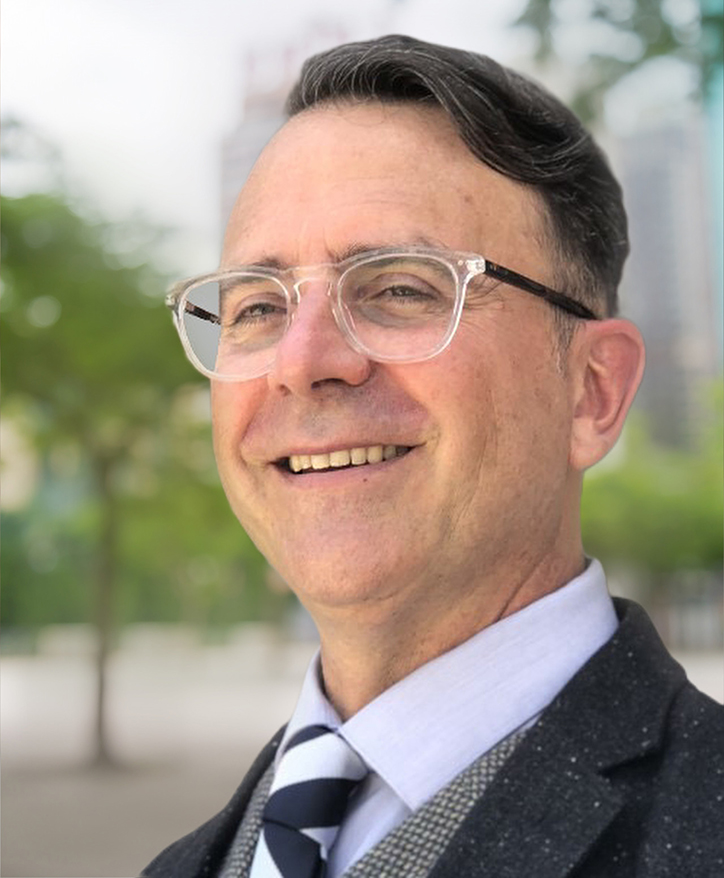This week, residents of southwestern Ohio had the rare privilege of seeing the northern lights. For a few fleeting hours, ribbons of color danced across our night sky, an unexpected gift from the upper atmosphere. Such a spectacle can awaken something ancient in us: wonder. It is the same wonder that once sent shepherds, philosophers, and scientists to lift their eyes toward the heavens and ask not merely how such things happen, but why the world should be so beautiful at all.
In that moment of stillness—standing on a frosty lawn, heads tilted upward—we rediscover what science once meant and what it ought still to mean. At Cincinnati Classical Academy, this is precisely the spirit we hope to cultivate in our students through a classical approach to science education. For in truth, the most essential ingredient of scientific learning is not technology, nor data, nor technique. It is wonder.
Since the rise of today’s technological culture, science has too often been stripped of that original spirit. What was once a contemplative effort to understand the natural world has become, in many schools, a technical exercise focused on efficiency and outcomes. The modern emphasis on “STEM skills” promises relevance and utility but often narrows the field of vision. Students learn to manage information before they have learned to behold what the information describes. They become proficient at measurement but strangers to meaning.
The classical approach restores that lost balance. It most assuredly does not begin with screens or simulations. It begins with seeing, with direct encounter, patience, and curiosity. Before we teach students to model the movement of planets, we ask them to step outside and watch the sky. Before they memorize the parts of a flower, they draw and examine one. Before they calculate refraction, they notice how a stick bends in water. Knowledge begins in experience, and experience, properly attended to, opens into understanding.
Science so taught becomes an apprenticeship in attention. It trains the mind to perceive order, to discern the harmony and proportion that pervade creation. In this, the classical method stands in the tradition of those early astronomers who watched the heavens long before the first telescope was built. They traced patterns, kept careful records, and asked the questions that gave rise to modern astronomy itself. Their instruments were simple, but their vision was profound. They approached the cosmos as a mystery to be understood.
When our students observe the stars or chart the changing face of the moon, they are doing more than learning astronomy. They are entering into a human conversation that stretches back to Ptolemy, Copernicus, Kepler, and Galileo. They are joining a conversation animated by wonder and guided by disciplined reason. They come to see that science, at its best, is not a list of settled facts but a dynamic search for truth. It is a dialogue between what we observe and what we think we know. It is a dialogue that requires humility as much as curiosity.
In this sense, the sight of the northern lights offers a perfect illustration of classical science. We may know that charged particles from the sun collide with Earth’s magnetic field to produce these glowing curtains of color. Yet even when we understand the mechanism, the beauty still stuns us into silence. Knowledge does not erase wonder; it deepens it. The more we learn of the universe’s laws, the more we perceive their elegance, the more we sense that the world is intelligible, ordered, and good.
This conviction lies at the heart of a classical liberal education. Our aim is not to produce technicians who can manipulate nature, but persons who can read it, who can discern in its patterns something of its purpose. The student who learns to look closely at a leaf, to trace a constellation, or to examine a crystal under magnification is cultivating habits of mind that extend far beyond the laboratory. He is learning patience, precision, reverence, and gratitude. He is learning, in short, to see.
For some, the night sky over Cincinnati may not have granted its full auroral display. But even the chance of it is enough to invite us outside, away from the glow of devices, to lift our eyes and remember that the universe still speaks in color and light. May we, and our students, have the wisdom to look up—and to wonder.
Torches Up!
Mr. Michael Rose
Headmaster

Mr. Michael Rose, Headmaster
Mr. Rose has taught various courses at Brown University, Cincinnati Moeller, and The Summit Country Day School. As a part of his degree work in education, Mr. Rose’s research interests included the Great Books curriculum, the Paideia teaching method, and the “effects of emerging digital technology on student reading, writing, and researching.” Read More

